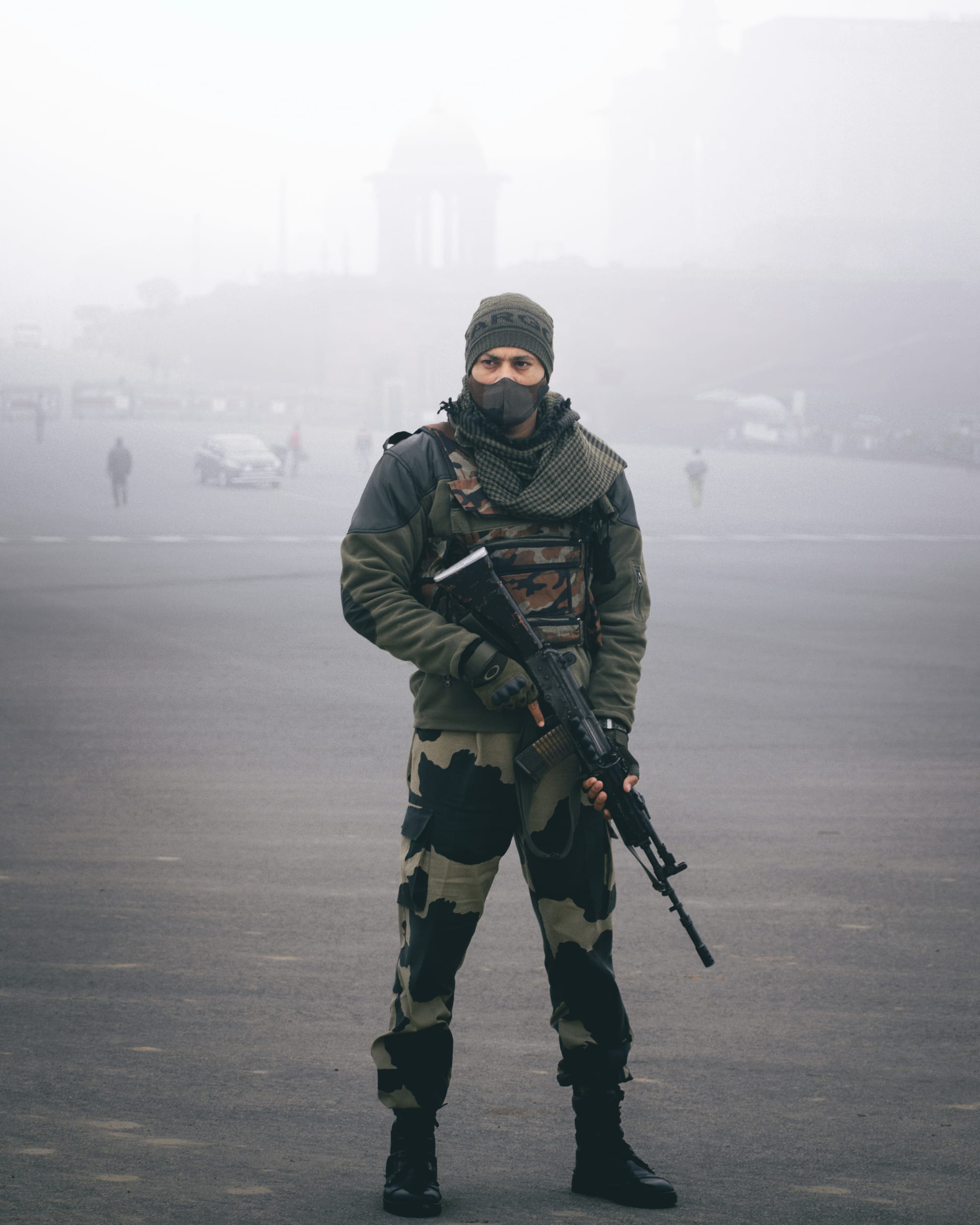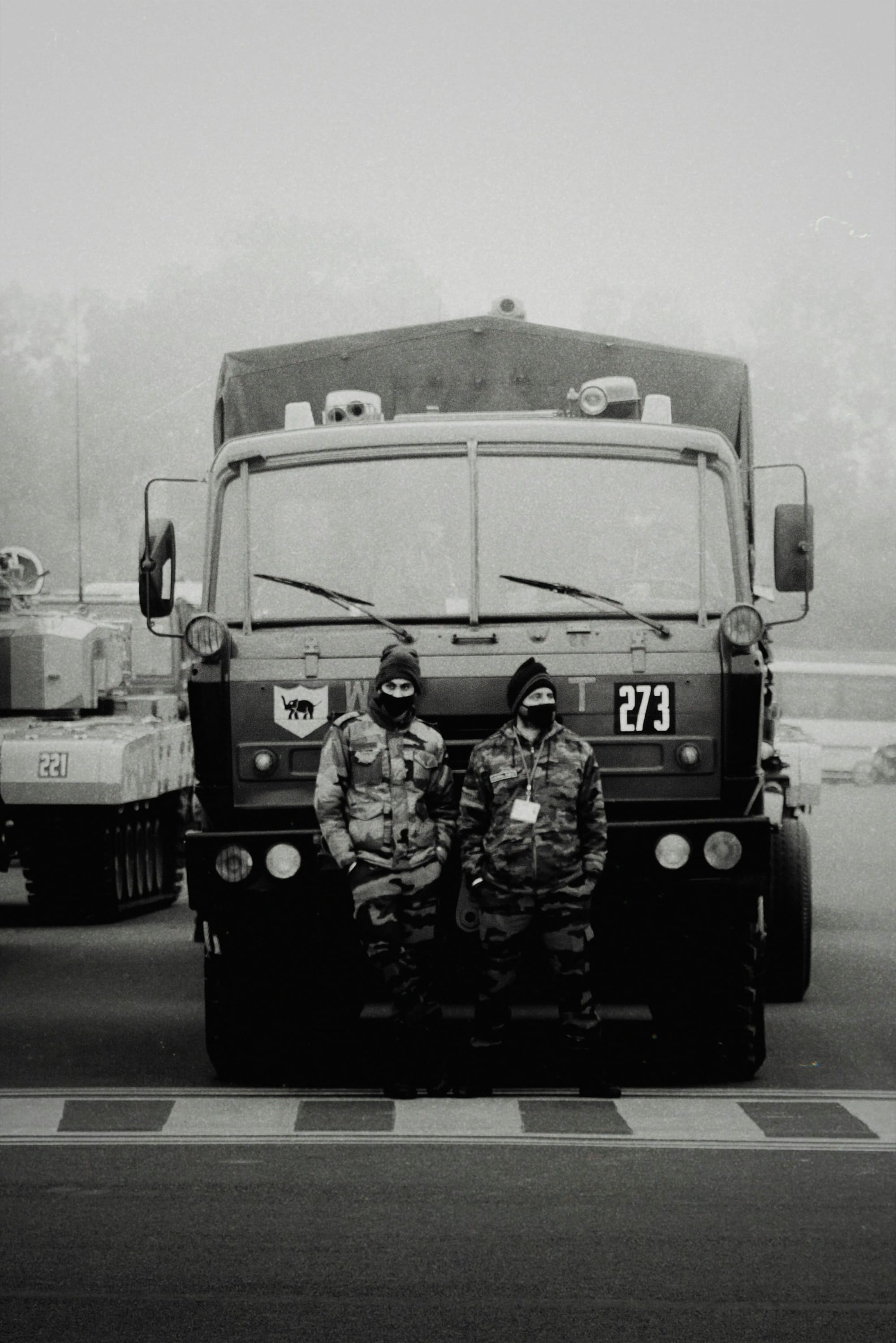

Intelligence Sparks a High-Stakes Operation
On May 13th, the Indian Army neutralized three militants connected to the Pakistan-backed Lashkar-e-Taiba in the thick woods of Keller, Shopian district, Jammu & Kashmir, in a decisive counterterrorism raid. Among others who were eliminated was Shahid Kuttay, a Category A terrorist and top commander of the Lashkar-e-Taiba's proxy group, The Resistance Front (TRF). (Times of India)
Acting on actionable intelligence, the Army, supported by paramilitary forces, promptly sealed off the Shoekal Keller area. The resulting exchange of fire was fierce, culminating in the neutralization of all three militants. The Army has stated that the operation continues to be under way, with security forces spreading out in the area to eliminate any residual threats.
OPERATION KELLER
— ADG PI - INDIAN ARMY (@adgpi) May 13, 2025
On 13 May 2025, based on specific intelligence of a #RashtriyasRifles Unit, about presence of terrorists in general area Shoekal Keller, #Shopian, #IndianArmy launched a search and destroy Operation. During the operation, terrorists opened heavy fire and fierce… pic.twitter.com/KZwIkEGiLF
Official Statement from the ADG-PI Indian Army on X
In a statement released through the social media site X, the Indian Army announced the successful conduct of a high-intensity counterterrorism operation in the Shoekal Keller village in Shopian district on May 13, 2025. Based on actionable intelligence from the Rashtriya Rifles unit, the Army conducted a search-and-destroy mission led by precision. The operation soon turned into an intense gunfight after terrorists fired indiscriminately at advancing soldiers. Security forces eliminated three well-armed, suspected seasoned operatives engaged in ongoing guerrilla operations during the following gunfight. (Hindustan Times)
A Region on Edge: The Broader Security Context
The theater for Operation Keller is a region in high-stakes tension. Only days before, on May 7, India had undertaken Operation Sindoor, conducting air strikes against nine terror camps in Pakistan-occupied Kashmir and Pakistan itself. The demonstration of power was in response to the Pahalgam massacre, a grisly one that has further strained relations between India and Pakistan.
With every fresh incident, the security forces are on their toes, ready to face any escalation. The Kashmir situation is a powder keg, with both sides being in a state of increased preparedness.
The Rashtriya Rifles: Anti-Insurgency Guards
The main thrust of these anti-terror attempts comes from the Rashtriya Rifles, a specialised counter-insurgency force created in 1990 to address internal security concerns in Jammu and Kashmir (Ministry of Defence Annual Report,2002-2003) . Under the Ministry of Defence, it is also underpinned by the Armed Forces (Jammu and Kashmir) Special Powers Act, 1990 (AFSPA) (Ministry of Home Affairs). Often called the Army's elite anti-insurgency force, the Rashtriya Rifles are

Under an Additional Director General, the Rashtriya Rifles are situated at Udhampur and have so far been instrumental in preserving stability and public order in one of the most sensitive regions of India.
These raids are part of India's progressive counterterrorism doctrine that aims not just to neutralize militants in the homeland but also to dismantle the cross-border infrastructure that supports them. The Resistance Front, a proxy of Lashkar-e-Taiba, is in the sights of Indian security agencies even more so after it was implicated in the Pahalgam attack.
The elimination of Shahid Kuttay and his associates is a significant blow to Lashkar-e-Taiba and its agents in Kashmir. Security officials are, however, being careful, recognizing that the threat is still very much around. The investigations into the larger network of the Pahalgam massacre continue, and more operations are expected as the authorities strive to dismantle the remaining infrastructure of the militants.
Way Forward

As intelligence agencies make deeper probes into the networks responsible for the Pahalgam massacre and cross-border routes, it is apparent that the next few weeks will challenge the strength, coordination, and alertness of Indian security agencies. While this operation gives closure, albeit fleeting, the larger war against terror in Kashmir is far from won. The attention now turns to preemptive strategy — destroying not only the cannon fodder but also the ideological, logistical, and financial infrastructure of militancy. In this long struggle for peace, every engagement is both a reckoning and a reaffirmation of India's commitment.
